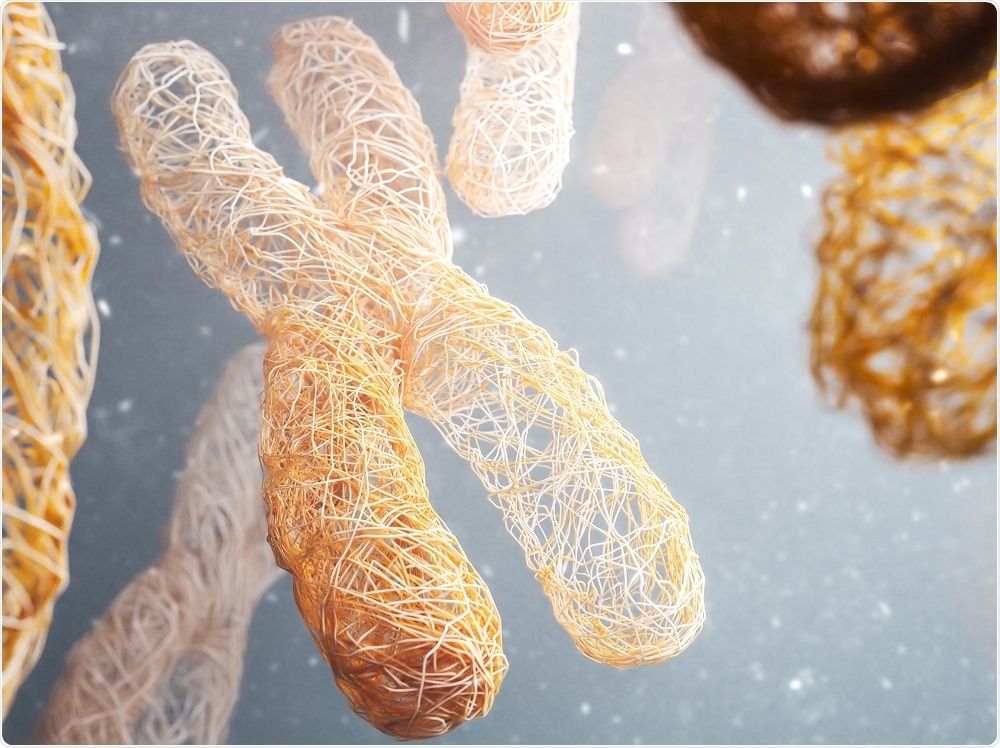The largest brain imaging meta-analysis of its kind may have found the reason why people with anxiety and mood disorders so often feel “locked in” to negative emotions.
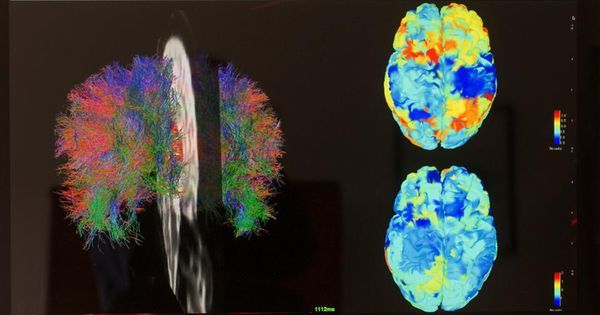

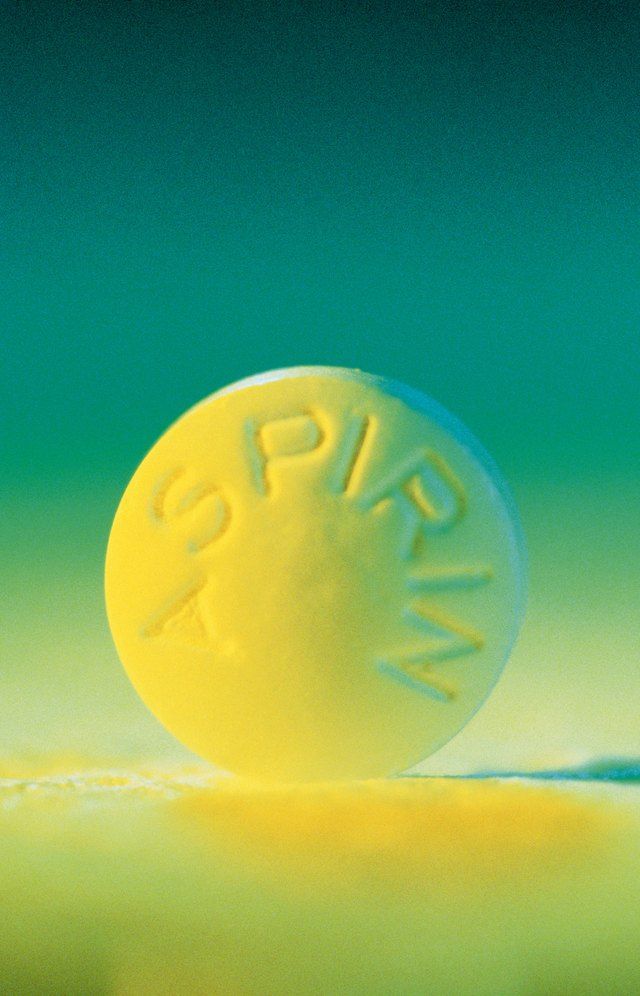
Hypertension, or high blood pressure, is a leading cause of death and disability in the U.S. The Centers for Disease Control and Prevention reports that the majority of people who have heart failure or experience their first stroke or heart attack have hypertension. Even a slight increase in your blood pressure can increase your risk for a stroke or heart attack, if it is persistent. Nonsteroidal anti-inflammatory drugs, such as aspirin, ibuprofen (Motrin, Advil), indomethacin (Indocin) and piroxicam (Feldene), can increase your blood pressure whether or not you already have hypertension.

But the very features of AI that have allowed it to be so successful in other arenas also make it dangerous when applied to the financial world. These threats mirror the problems that created the last financial crisis — when complex derivatives and poorly understood subprime mortgages sent the world into a deep depression — and must be taken seriously.
As AI gains a foothold on Wall Street it could fundamentally change the way our financial system works. It could also cause financial chaos.
“There are a number of critical technologies that have to be assessed and tested before we go to Mars,” he told Quirks & Quarks host Bob McDonald.
His short-list includes reusable landers, new space suits, mining gear, water and fuel production plants and safe nuclear power sources that could be used to power habitats and equipment on the red planet.
Thirsk himself is currently working with the Canadian Space Agency to investigate the unique biomedical and health care issues involved in long term deep space missions.
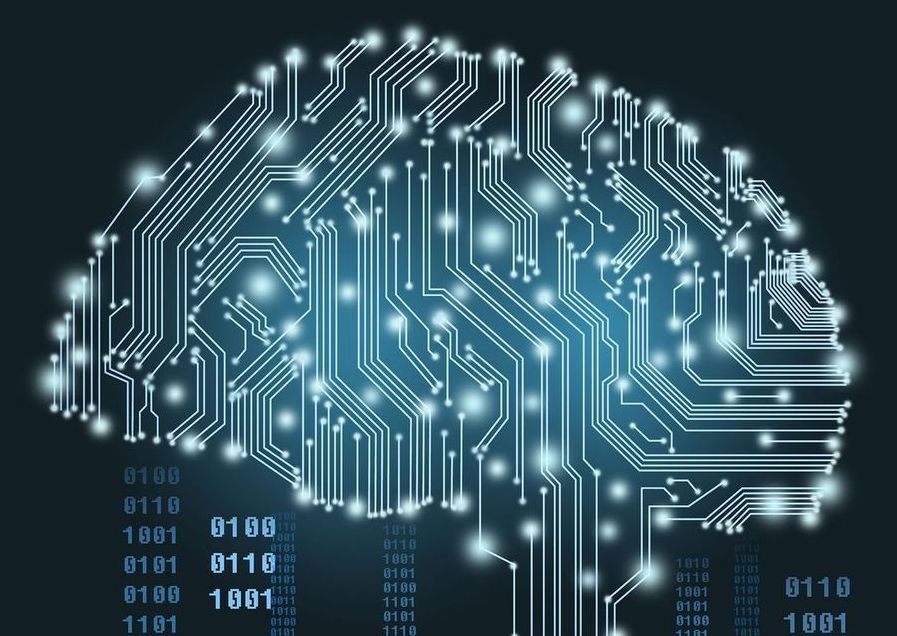
Think of the human brain as an immensely powerful supercomputer. But as one of the most complex systems in Nature, there’s still much to learn about how it works. That’s why researchers from the Human Brain Project are attempting to unravel even more of its mysteries. However, most neuroscientists still believe that consciousness is generated in our brains, trying to justify their chosen profession as the only key to our experience of the world. It is not. We humans don’t live in a vacuum, we are not “brains in a vat,” so to speak. Just like your smartphone, your brain is a ‘bio’-logical computing device of your mind, an interface into physical reality. Our minds are connected to the broader mind-network, as computers in the Cloud. Consciousness is “non-local” Cloud, our brain-mind systems are receivers, processors and transmitters of information within that Cloud. So, a truly multidisciplinary and computationalist approach is required to crack the neural code and reverse-engineer consciousness in AI and cybernetic systems. We shouldn’t be surprised if all that hype about testing for the “seat of consciousness” could only end up refining our understanding of neural correlates — not how consciousness originates in the brain because it’s not its origin there. The Internet or a cellular network is not generated by your smartphone — only processed by it. Species-wide mind-networks are ubiquitous in Nature. What’s different with humans is that the forthcoming cybernetic mediation could become synthetic telepathy and beyond that — the emergence of one global mind, the Syntellect Emergence (cf. The Syntellect Hypothesis) #consciousness #HumanBrainProject
In episode four of Bloomberg’s Moonshot, see how 500 scientists in 100 universities are spending $1.1 billion on the Human Brain Project.
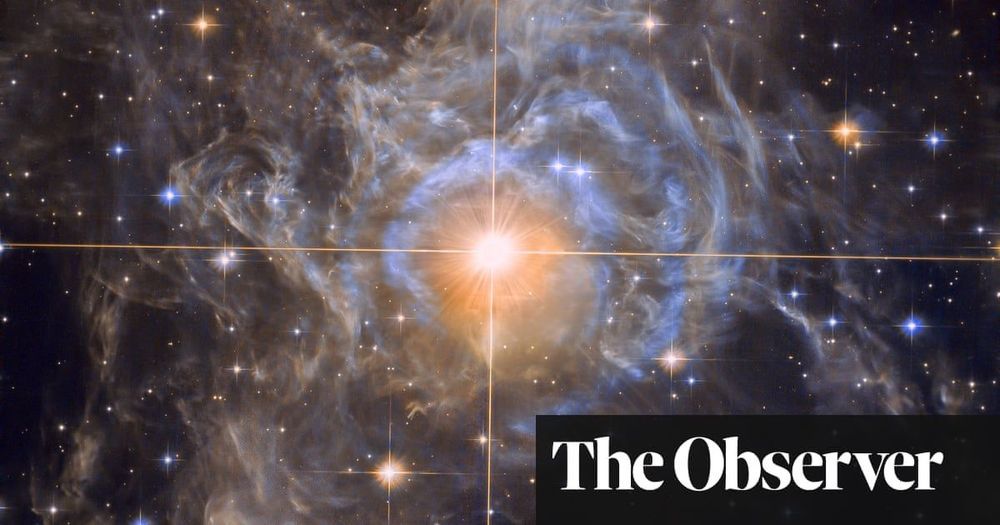
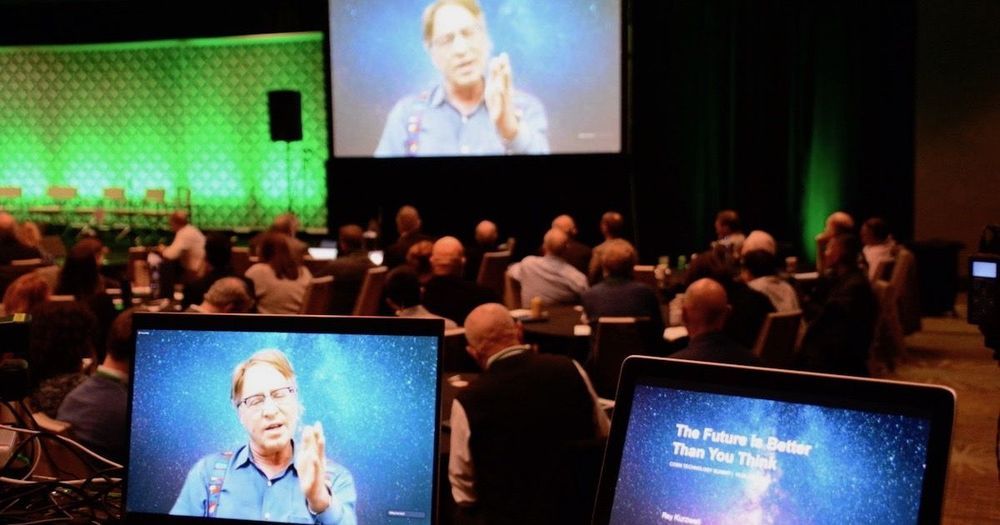
On a new episode of ID the Future, Andrew McDiarmid catches up with philosopher Jay Richards at the recent COSM conference in greater Seattle. The two discuss the history of George Gilder’s Telecosm conferences and how the first one gave birth to a book Richards edited and contributed to 18 years ago, Are We Spiritual Machines? Ray Kurzweil vs. the Critics of Strong A.I.
Is the “singularity” coming, as Kurzweil argues there and elsewhere, when machines equal and then quickly surpass human intelligence? Does “machine learning” really mean learning? Will “Skynet” wake up? Jay describes Kurzweil’s sunny version of strong AI and the dystopian version. Then he argues the other side, namely that human beings possess something beyond the purely material, something even the most powerful computers will never possess. Download the podcast or listen to it here.
Never stress about the weather, this jacket has you covered.
